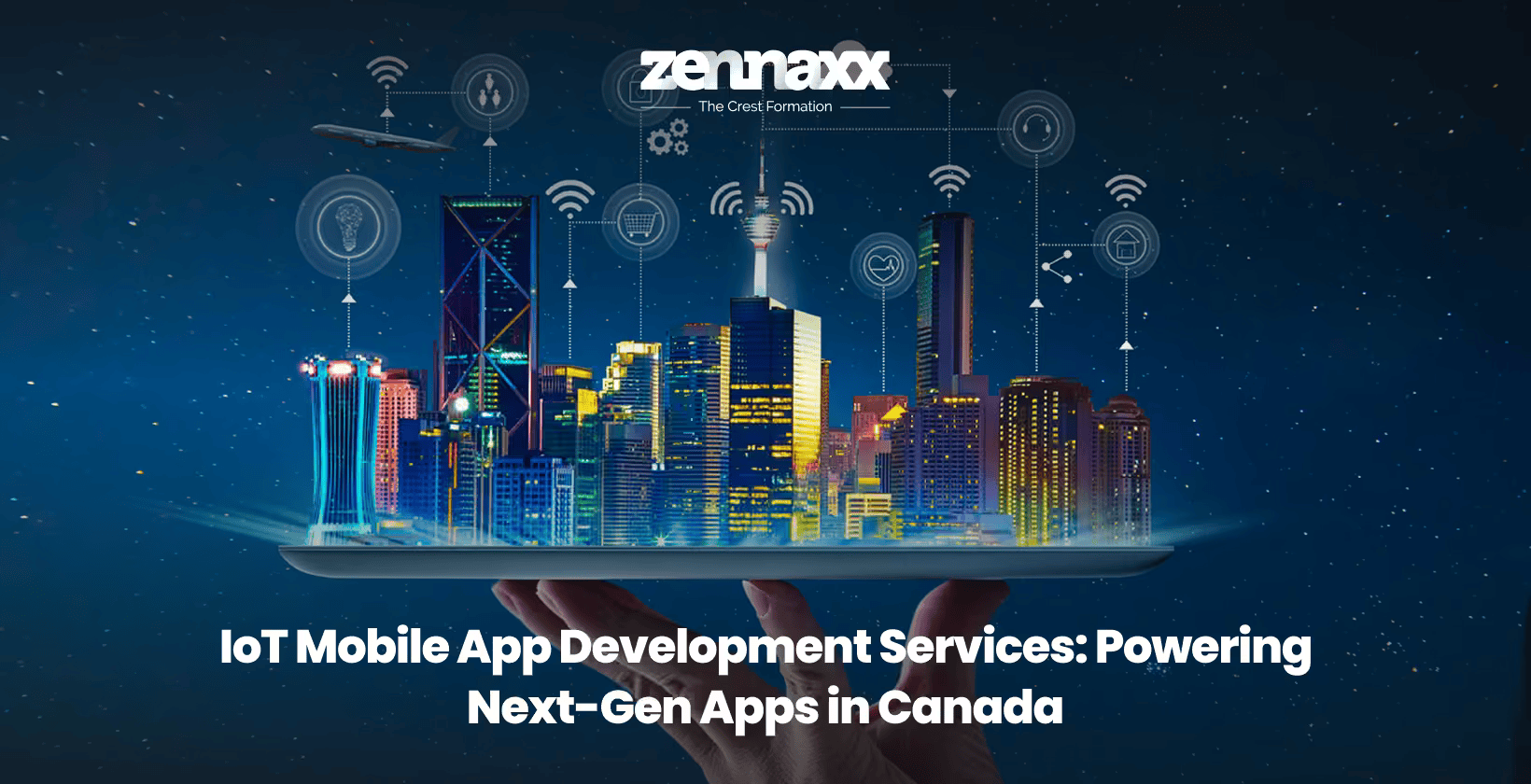However, the introduction of Augmented Reality in the retail industry has transformed how customers interact with brands. Product experience is now virtually exciting for customers.
Take the 3D furniture models used by Made.com, which resulted in 25% more sales for the retail brand. Similarly, you can leverage 3D and Augmented Reality in the retail industry use cases.
This article will help you with different ways to use 3D and AR technologies in the retail industry. But first, you need to understand the transformative potential of Augmented Reality in changing how customers buy your product.

Augmented Reality Shopping Is Transforming the Buying Experience
1. Understanding The Product Market Fit
2. Redefining Product Trials
Virtual try-on technologies have recently become a part of almost all eCommerce apps.

Take an example of the nail polish try-on provided by Revlon.
3. Boosting Brand Awareness
Competitive Advantages

Take the example of the giant fashion brand H&M, which has created a differentiator through virtual showrooms.
1. Immersive Interactions
For now, it’s available to select partners, including the Singapore Tourism Board, which is using it to promote locations with “Merli’s Immersive Adventure.”
How Is Augmented Reality Shopping Used in Ecommerce?
Augmented Reality shopping is a great way to improve conversions if you are an eCommerce business. Promoting AR shopping and encouraging customers to opt for it can enhance sales- HOW?
1. AR Helps Convert Faster!

According to a study, different attributes of AR impact the hedonic value(HV). It measures the value a customer receives while experiencing a product or service.
- Interactivity
- Vividness
- Novelty
- System Quality
- Product Informativeness
Enhance Your Retail Experience with Augmented Reality!
Ready to revolutionize the way your customers shop? Contact us today to explore how AR can elevate your retail business. Let’s create something extraordinary together.
2. Purchase Gamification
3. Product Visualizations
4. Realistic Reviews
5. Higher User Engagement
Who Uses Augmented Reality Shopping?
Both these generations are target audiences for retailers looking to improve sales. But what has led to these generations opting for AR shopping is the “Phygital” trend.
1. Dior’s Perfume Try-Ons
AR try-ons can amplify customer experience, and Christian Dior Parfum’s campaign is live-proof. Known for its fashion and beauty products, Dior launched an interactive AR campaign for its lipstick range in Eid 2023.
2. Revolut’s Unlockable AR

3. Escape to a Malfy World
What Makes a Great Augmented Reality Shopping Experience?
1. Immersive Product Visualization
2. Personalized Recommendations
3. Enhanced Product Education
Want to Automate Your Business Process With a Software Solution?
Zennaxx, a leading software development firm in Canada, has delivered 700+ bespoke solutions spanning various industries.
4. Optimized Customer Journeys
Use Augmented Reality Shopping to Increase Your Sales
Growing demand for Augmented reality in the retail industry is pushing many brands to develop interactive apps.
Adding the immersive 3D content has been enabling the brands to not only engage customers but offer a product experience that resembles the physical interaction.
Many brands are now using AR to enable virtual showrooms, AR try-ons, and improve conversions.
However developing such AR capabilities for your business does require expertise in 3D imagery integrations and developing immersive experience. This is where Zennaxx can help you with advanced AR development services. Get an estimate for your project now.


